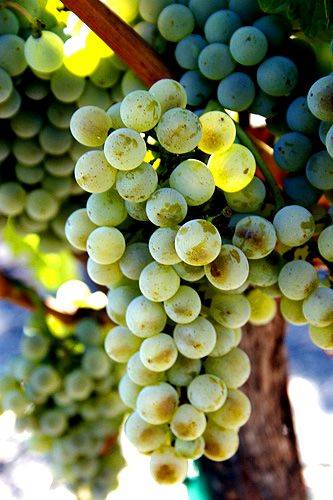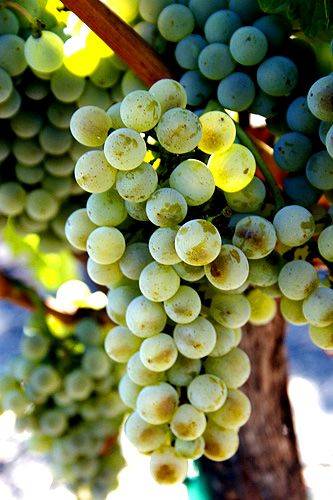 Coming of age in the Columbia Valley of Washington State was an excellent way to develop a palate for wine. As I’ve traveled, I always try to take in a local brewery or winery along the way, and the different flavors and grapes that are produced across the US often surprise me. So why are wines from Washington so different from wines in California, Illinois, Michigan or New York?
Coming of age in the Columbia Valley of Washington State was an excellent way to develop a palate for wine. As I’ve traveled, I always try to take in a local brewery or winery along the way, and the different flavors and grapes that are produced across the US often surprise me. So why are wines from Washington so different from wines in California, Illinois, Michigan or New York?
Here are two nature-dependent reasons:
1. Air and soil temperatures affect the variety and ripening of fruit.
Washington has a large day/night temperature shift (sometimes a 40 degree difference). This allows grapes to produce sugar as well as acids to balance out the sweetness of the wine. This and other factors mean that Columbia Valley Cabernet Sauvignon has amazing flavor and is one of the best-suited grapes to grow in WA state (I recommend trying one at Corkscrew in Urbana while taking listening to a local musician).
In Illinois, there is less diurnal temperature variation in the growing season, and it is wetter during ripening. This causes grapes to retain more sugars and fewer acids, leading to the sweater tastes of the wines produced here.
2. Soil is important—it contains the building blocks for the plant and fruit.
Wine is big business, and every aspect of the industry requires a wealth of knowledge. At Iowa State they have assembled a survey of soil types found throughout the state to determine where grapes and other crops would do well. These types of surveys can be found for almost all states with a quick google search. The land suitable for growing wine grapes needs to drain well, support root growth—deep organic layer, have the minerals necessary for plants to grow (phosphorus, magnesium, iron, etc.)—and retain heat. If soil retains too much water, then fruit becomes more acidic as the plant puts more effort into growing vines and leaves than producing grapes. This changes where sugars are allocated, from storage in fruits, to use as energy to make vegetation.
On the other hand, if there is too much drainage and there are drought conditions fruits will burn in the sun and reduced growth as the plant suffers from dehydration. So soil conditions are like “Goldilocks”: not too wet and not too dry. Clay based soils, found throughout Illinois, are even good substrates because there are fewer nutrients which helps control canopy growth and the plant moves sugar into the grapes giving them the signature sweetness known for this region.
 Alto Vineyards, part of the Shawnee Wine Trail, has a local tasting room and produces some wines fermented from Illinois specialties Concord and Niagra grapes. If you like campfires, hotdogs, and wine you can head a few miles east to Sleepy Creek and try some other Illinois varietals. My favorite of their wines is Sour Puss made from La Crescent, Vignoles, and Traminette grapes. These varietals work well with the central Illinois, or even Missouri, climate because they are hardy vines that enjoy the long into late October growing season of the Midwest.
Alto Vineyards, part of the Shawnee Wine Trail, has a local tasting room and produces some wines fermented from Illinois specialties Concord and Niagra grapes. If you like campfires, hotdogs, and wine you can head a few miles east to Sleepy Creek and try some other Illinois varietals. My favorite of their wines is Sour Puss made from La Crescent, Vignoles, and Traminette grapes. These varietals work well with the central Illinois, or even Missouri, climate because they are hardy vines that enjoy the long into late October growing season of the Midwest.
Grab a buddy or two and drive around town on an upcoming Saturday and see if you can tell the difference in sugar content and acidity between local wines (Alto Vineyards, Sleepy Creek Vineyards, Wyldewood Cellars) and wines from other areas that are frequently available for tasting at Corkscrew, Binny’s, and Friar Tuck’s.
If you get really into it, there are fun wine trails with several tasting rooms along a route found throughout Illinois and close by in Michigan, too, where I met a great sommelier at Warner Vineyards who can answer any question you can think of about vines, varietals, and production. You can even buy a package tour so that a designated driver is provided and you won’t have to spit out those delicious varietals.
Happy tasting!








